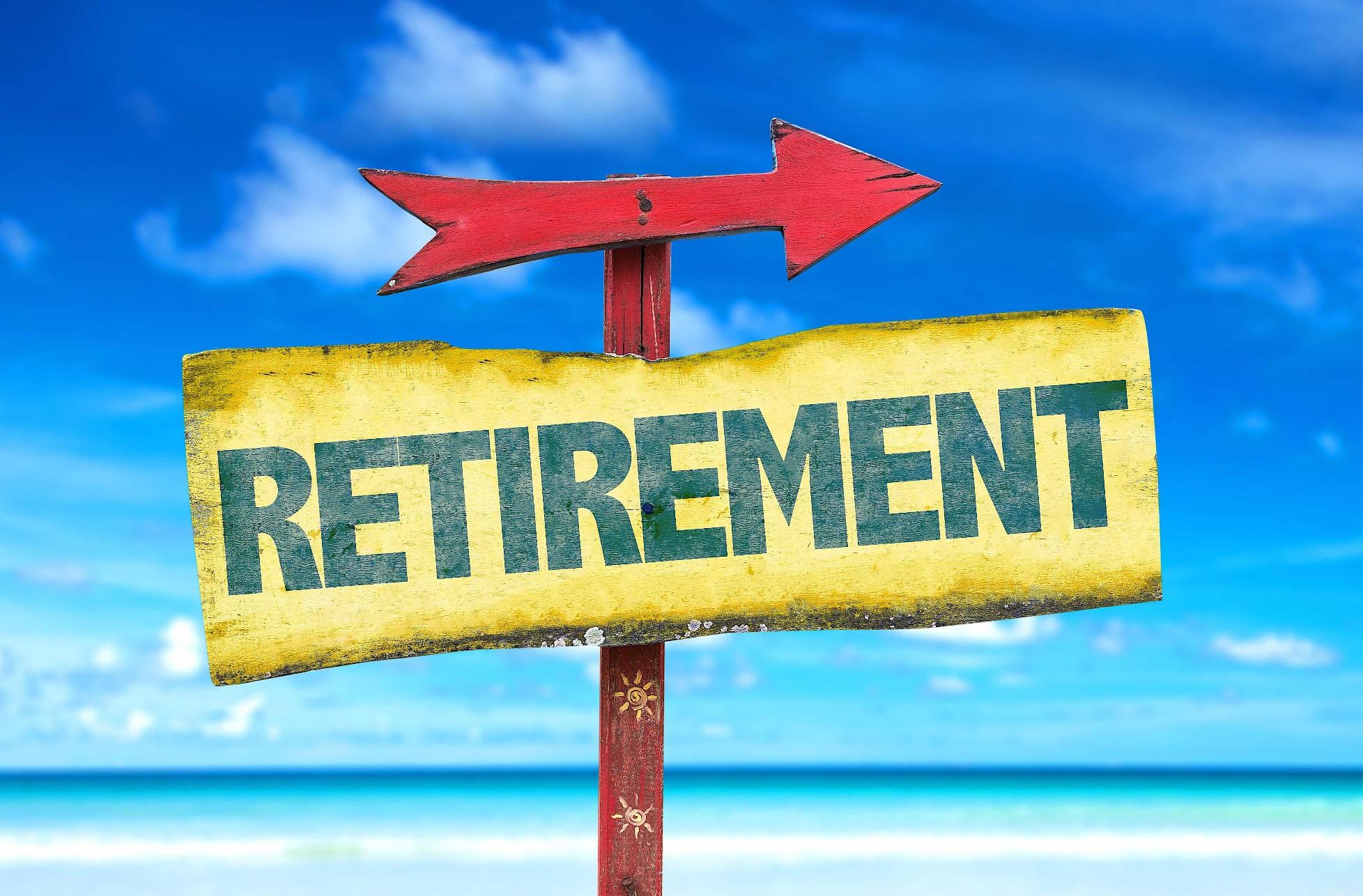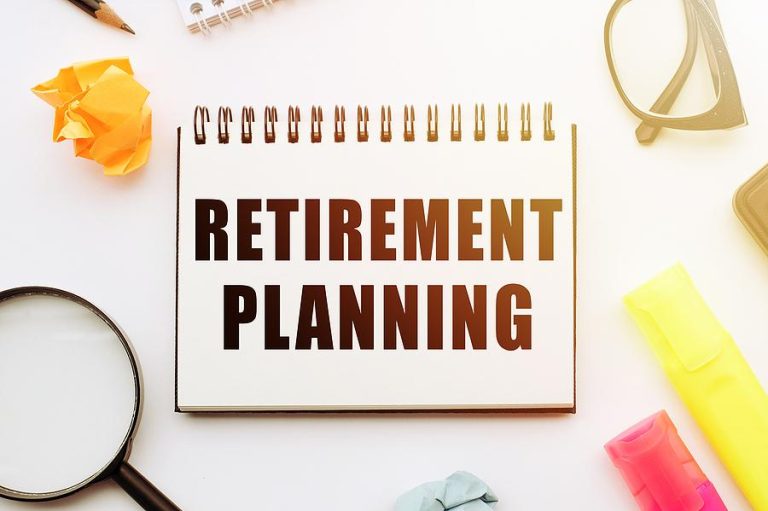In an age marked by rapid technological advancement and ever-shifting economic landscapes, the once clear-cut path to retirement seems to be enveloped in a fog of uncertainty. “ seeks to navigate through these murky waters to illuminate the way forward. From baby boomers nearing their golden years to millennials just starting their journey, the quest for financial security post-retirement appears both universal and uniquely individual. Join us as we disentangle the complexities of retirement planning, crunch the critical numbers, and explore how much is truly enough to ensure your future is not just a dream, but a well-charted reality.
Determining Your Retirement Goals
Your retirement goals are as unique as you are. To figure them out, start by asking yourself some important questions. Do you plan to travel around the world or stay close to home? Are you looking to pursue new hobbies, or spend more time with family? Lifestyle choices can greatly impact your financial needs. Consider these factors:
- Your desired retirement age
- Daily living expenses
- Healthcare costs
- Leisure activities
- Unexpected emergencies
Once you have a clearer picture of your goals, you can map out how much money you’ll need. For a more specific guide, refer to the table below:
| Expense Category | Estimated Monthly Cost |
|---|---|
| Housing | $1,500 |
| Healthcare | $300 |
| Leisure | $200 |
| Emergencies | $200 |
Keep in mind, these figures are just estimates. Your actual costs might differ. Adjust your savings plan to align with your specific needs and desires to secure a comfortable retirement.

Assessing Your Current Financial Situation
The first step in figuring out how much you’ll need for retirement is to take a close look at your current financial standing. Begin by listing your assets: savings accounts, investments, property, and other valuable assets. Don’t forget to include liabilities like mortgages, loans, or credit card debts. It’s crucial to have a clear picture of your net worth, which you can find by subtracting your liabilities from your assets. This will give you a baseline and help you identify areas where you may need to improve.
Create a detailed breakdown of your monthly expenses, including necessities such as utilities, groceries, and transportation, alongside discretionary spending like dining out or subscriptions. Here’s a basic template to organize your findings:
| Category | Monthly Expense |
|---|---|
| Housing | $X,XXX |
| Utilities | $XXX |
| Groceries | $XXX |
| Transportation | $XXX |
| Entertainment | $XXX |
By carefully examining both your assets and expenses, you can start to build a clear picture of your financial health and plan for the future accordingly.

Creating a Realistic Retirement Budget
When it comes to planning your finances for retirement, having a budget is crucial. A detailed budget helps you understand your expenses and ensure that your savings will last. Start by identifying your essential expenses, such as:
- Housing (rent, mortgage, maintenance)
- Utilities (electricity, water, internet)
- Food and groceries
- Healthcare and insurance
- Transportation (car payments, public transit)
Knowing these costs will help paint a clearer picture of your monthly financial needs.
Next, factor in your discretionary expenses, which are the optional costs that enhance your lifestyle. These may include:
- Entertainment (movies, dining out)
- Travel and vacations
- Hobbies and leisure activities
- Gifts and donations
Here’s a sample table to help you visualize a month’s budget:
| Expense Category | Estimated Monthly Cost |
|---|---|
| Housing | $1,200 |
| Food | $500 |
| Healthcare | $300 |
| Entertainment | $200 |
By clearly distinguishing between must-haves and nice-to-haves, you can tailor your budget to meet both your needs and your dreams.

Planning for Unexpected Expenses
Life is full of surprises, and having a stash for those unexpected costs is crucial. Think about emergencies like medical bills, car repairs, or sudden home maintenance. It’s smart to set aside some funds specifically for these hiccups. A good benchmark is having at least 3 to 6 months’ worth of living expenses saved up. This cushion can help you maneuver through tough times without derailing your retirement plans.
Here are some simple steps to get started:
- Build an emergency fund: Prioritize allocating a portion of your income monthly.
- Review your insurance: Ensure coverage for health, home, and auto. It might save you money in the long run.
- Flexible budget: Allow some wiggle room in your budget for unforeseen events.
| Expense | Estimated Cost |
|---|---|
| Car Repair | $500 – $1,000 |
| Emergency Medical | $1,000 – $5,000 |
| Home Repair | $2,000+ |
Q&A
Q: How much money should I aim to have saved for retirement?
A: It ultimately depends on your lifestyle goals and expenses during retirement, but a common rule of thumb is to aim to have saved 10-12 times your current annual income.
Q: Is Social Security enough to rely on for retirement income?
A: Social Security benefits are intended to supplement your retirement savings, not to be your sole source of income. It’s important to have additional savings and investments to support your lifestyle in retirement.
Q: What are some common mistakes people make when planning for retirement?
A: One common mistake is underestimating how much you will need in retirement. It’s important to consider factors like inflation, healthcare costs, and lifestyle changes when planning for retirement.
Q: How can I determine how much I will need in retirement?
A: It’s important to start by assessing your current expenses and estimating what your expenses will be in retirement. You can then use retirement calculators and planning tools to help determine how much you will need to save.
Q: What are some strategies for saving for retirement?
A: Some strategies for saving for retirement include contributing to retirement accounts like 401(k)s and IRAs, investing in a diverse portfolio, and seeking advice from a financial advisor. It’s important to start saving early and consistently to reach your retirement goals.
Concluding Remarks
As you embark on your journey towards retirement, remember that there is no one-size-fits-all answer to the question of how much is enough. By carefully considering your financial goals, lifestyle preferences, and timeline, you can create a personalized retirement plan that aligns with your unique needs.
Whether you dream of traveling the world in luxury or spending quiet days at home with loved ones, strategic planning and diligent saving can help you achieve your retirement goals. Remember, it’s never too early – or too late – to start planning for the future you envision.
So go forth with confidence, armed with knowledge and a clear vision for the retirement you want. By taking control of your financial future today, you can enjoy a comfortable and fulfilling retirement tomorrow. Here’s to a secure and prosperous retirement ahead!



[…] Save for unexpected costs […]